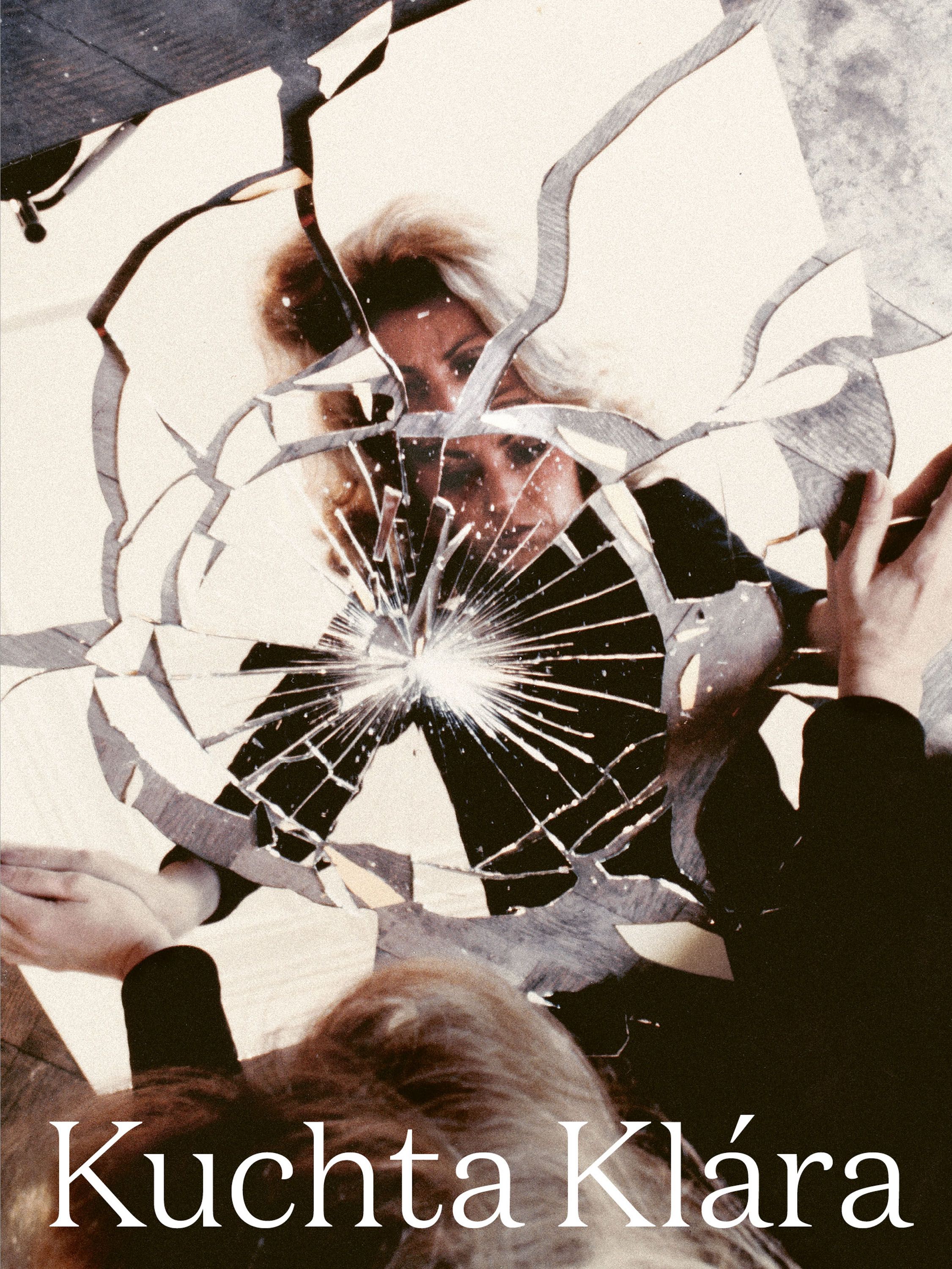Klara Kuchta
Untying the Knot
| Venue: | acb Attachment |
| Date: | Nov 12 – Dec 10, 2021 |
| Opening: | Nov 11, 2021, 19:00 |
Description
acb Attachment is proud to present a selection of Klára Kuchta’s emblematic works from her conceptual practice dedicated to the topic of hair and unfolding between 1974 and 1986. In 1975, after a decade of work on textile that allowed her to precipitate two-dimensional, plane tapestry into three-dimensional and spatial woven environments designed for living, Kuchta initiated her conceptual approach to hair by writing her program entitled Socio-economic art: A Manifesto (Art Socio-Économique: Manifeste), to shed light on the tremendous industry that has developed around hair care. To carry out this investigation, the artist elaborated questionnaires about the hair care treatments women would choose. She examined the results based the frequency of visits to the hairdresser and compared this frequency with the age of the customers, but also by their living standards. Statistical Tables (Tableaux statistiques), the sociological survey that took the form of statistical panels, realised between 1975 and 1976, highlighted the access to, and the quality of hair care as a status symbol, but also that hair colouring as a phenomenon that is present in all socio-professional categories and ages.
Kuchta’s cold data collecting practice alternates with more subjective information processing. The objective studies she conducts allow her to draw conclusions that she then encapsulates in experiments and observations made on her own hair. The artist booklets that she conceives in 1978 at Swiss artist John Armleder’s publishing house Écart, Autobiographie, 1976 (Autobiography, 1976), Autobiographie, 1977 (Autobiography, 1977) and Shampooing, 1977 (Shampoo, 1977), constitute playfully rigorous visual formulations that illustrate this process. In the meantime, Kuchta makes an artistic encounter that comforts her in the conceptual direction she took. In 1977, she meets and befriends Marina Abramović and Ulay in Geneva shortly after performing Relation in Time at Studio G7 in Bologna. The couple offers her two locks of their hair tied together for seventeen hours during the performance. It symbolises their powerful symbiosis as artists and lovers.
One year later, in 1978, she reuses the locks of hair tied together to realise a tableau entitled Sample U.-A.-M. (Échantillon U.-A.-M., 1978), and which becomes the first piece dedicated to hair samples.
To Be Blond is Perfection (Être blonde, c’est la perfection, 1980) is probably the most powerful and personal work of the artist in the sense that it concentrates both on the visual and conceptual tools she developed and used during the cycle and summarises her position and struggles with the socio-cultural stereotypes and expectations of blondness. The video piece shows the artist sitting on a mirror placed on the ground, looking at her own reflection while she first combs her natural hair, then tries on a light blond wig. After examining her new look in the mirror, she smashes it into pieces and continues to look at herself and her broken image. Simultaneously, a woman’s voice repeats a text relentlessly; it starts in a melodious and cheerful manner which progressively turns monotonous, almost robotic, sometimes mixing up the words in an understandable, surrealistic order that points out the absurdity and nonsense of such a transformation.
The piece Ravishing Blonde (Ravissante Blonde, 1980) continues the concept initiated by To Be Blond is Perfection. However, this time, the textual base that the artist uses is composed of small ads published in newspapers by individuals looking for love or friendship. One after the other, she takes the printed ads from the floor, reads them out loud, then takes out a wig of a different blonde tone and places it on the floor around her after each ad read out loud. The wigs, disposed around the ads on the floor, as interchangeable attributes always play the same role: a young, attractive, feminine, gentle, therefore blond woman.
The decade that Kuchta dedicates to hair appears to be a carefully constructed series of chapters in which the artist explores the question of femininity, beauty standards, social expectations and also normative control over women’s appearance, scientific descriptions and spiritual properties of hair through photo series, installations, performances and video pieces. The exhibition has been supported by the National Cultural Fund.


